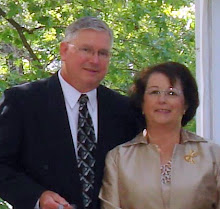
Melrose
Built In 1842-1848
Natchez, Mississippi
Part II
Blog Visitors, please note that I have written 8 blogs on Natchez plantations. For some reason when clicking on Older Posts at the end of this blog stream I find that it is difficult to access the older commentary on Longwood, Stanton and Magnolia Plantations. But you can reach these three easily by going over to the right on my Blog Roll and clicking on 2011 Deep South Plantation Tour. There when you reach the end of the blog stream that Older Posts easily takes you back to these three plantation write ups. Everyone must read about Longwood. It was the most interest house of the six without a doubt!
*
Up above was a view of the grounds with a large old oak tree with Spanish moss in the tree.

Spanish moss is not a moss but a plant does not need earth or water to grow---just air!

This is one of the original slave buildings on the Melrose property. The U.S. National Park Service has turned into a teaching museum on slave history in the United States. See below the photos I took of the information given on these display plaques.
This is the dark side of these lovely southern mansions. Please take note of the photo of the runaway slave who was extremely whipped. It is the next to last picture on today's blog.

Most slaves in Adams County were field slaves and they had a harder existence than the house slaves in Natchez.

Longwood was the octoganal mansion I blogged about earlier in the week.

Culpepper Courthouse is on the way from our home to Charlottesville, Virginia.

Andrew Jackson's Hermitage is located near Nashville, Tennessee.

It was the money derived from the black slave labor of growing cotton, tobacco and rice that created the white plantation owners' wealth that allowed for the building of these great homes.

How gruesome!
Thank God the outcome of the civil war ended this gruesome practice



























No comments:
Post a Comment